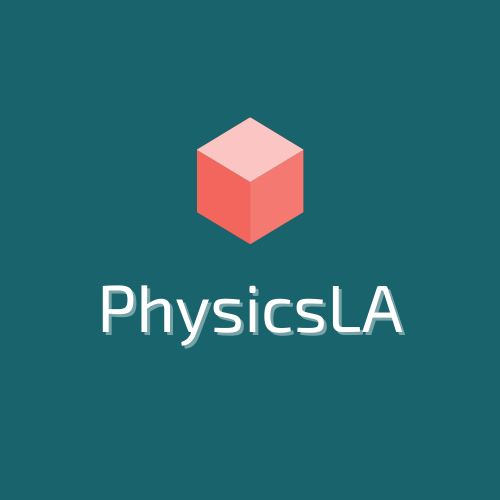The Dynamic Landscape of Pupil Communities
In today’s interconnected globe, student communities play a crucial role in shaping scholastic and personal experiences.

These communities are not just collections of people however are dynamic ecological communities that promote growth, learning, and collaboration amongst students. They vary extensively in type and function, from campus-based groups to international on the internet forums, each offering unique opportunities for involvement and advancement.
Whether you are stepping onto a college educational q&a platform school for the very first time or taking part in online learning settings, recognizing the structure and benefits of pupil areas can considerably improve your educational journey. This article looks into the significance of pupil areas, checking out exactly how they work, the advantages they provide, and the ways in which they can be leveraged for personal and scholastic success.
Comprehending Pupil Communities
Student neighborhoods are fundamental to the academic experience, functioning as both social and academic support group. At their core, these communities are teams developed naturally by trainees that share typical rate of interests, goals, or fields of study. They can be informal, such as study groups, or formal, like trainee unions and clubs.
These neighborhoods are defined by a common identity and the collective pursuit of knowledge, abilities, and experiences. They work as systems for trainees to link, team up, and add to each other’s development, expanding past scholastic boundaries to influence personal development and neighborhood involvement.

In essence, trainee areas are microcosms of larger social structures, where management abilities are sharpened, concepts are exchanged, and lifelong relationships are formed. The communications within these communities reflect a diverse blend of cultural, intellectual, and social characteristics.
- Networking Opportunities: Pupil communities give a network of peers and mentors who can use support and advice.
- Skill Development: Engaging in community tasks helps trainees create vital skills such as communication, management, and teamwork.
- Source Gain access to: These neighborhoods typically give access to academic resources, including research materials and experienced suggestions.
- Social Interaction: They provide a platform for social communication, alleviating the change into brand-new academic atmospheres and aiding to combat isolation.
Through these numerous functions, trainee communities become integral to the all natural growth of pupils, laying a foundation for future specialist and personal success.
The Benefits of Taking Part In Pupil Communities
The advantages of participating in trainee neighborhoods are complex, impacting both scholastic and individual rounds.

On a scholastic level, these neighborhoods urge collective knowing, enabling students to take advantage of varied viewpoints and know-how. Sharing knowledge and sources within a community can cause extra reliable learning results and boosted academic efficiency.
Furthermore, student areas use a system for personal development and self-discovery. By involving with peers from various backgrounds and techniques, trainees acquire a wider worldview, boosting their social competence and compassion. This direct exposure to diverse point of views is important in establishing critical reasoning and analytical skills.
Furthermore, energetic involvement in community tasks can boost trainees’ self-confidence and self-worth. Tackling management duties or joining conversations and events fosters a sense of achievement and belonging, which is essential for total well-being and motivation.
Sorts Of Pupil Areas
Pupil communities come in various types, each dealing with various rate of interests and goals. These can be broadly classified into academic, social, recreational, and specialist neighborhoods, to name a few. Each type offers special platforms and chances for trainee engagement.
- Academic Communities: These are generally focused around particular disciplines or academic interests. Examples consist of study groups, honors cultures, and departmental clubs.
- Cultural Areas: These groups focus on advertising cultural understanding and diversity, commonly arranging events and activities to celebrate numerous customs.
- Recreational Areas: These include sports groups, entertainment clubs, and hobby-based teams that give a break from academic roughness and promote physical and psychological health and wellness.
- Professional Neighborhoods: These are targeted at job development, offering networking chances, workshops, and mentorship programs to prepare pupils for the expert world.
By determining and engaging with the ideal areas, pupils can tailor their college experiences to line up with their rate of interests and occupation goals, paving the way for a fulfilling academic journey.
Building a Flourishing Pupil Area
Creating and maintaining a flourishing trainee community needs effort and partnership from both students and educational institutions. It starts with fostering a comprehensive setting where all pupils really feel invited and valued regardless of their histories.
Establishments can sustain this by giving sources and facilities that motivate communication and engagement. This includes creating physical areas like student unions and on-line systems that assist in communication and cooperation. Additionally, arranging occasions, workshops, and seminars can additionally boost involvement, providing trainees with opportunities to link and gain from each other.
Leadership and Trainee Involvement
Efficient leadership is important in nurturing a successful trainee area. Leadership functions within these areas provide trainees a chance to develop and demonstrate their organizational and interpersonal abilities. Pupils that presume these functions add substantially to setting the tone and instructions of their areas, influencing their peers positively.
Motivating management and energetic participation amongst trainees not just strengthens the neighborhood however additionally empowers people, preparing them for future obstacles. By cultivating a culture of collaboration and assistance, student areas can thrive, leaving a lasting effect on their participants and the scholastic atmosphere as a whole.


